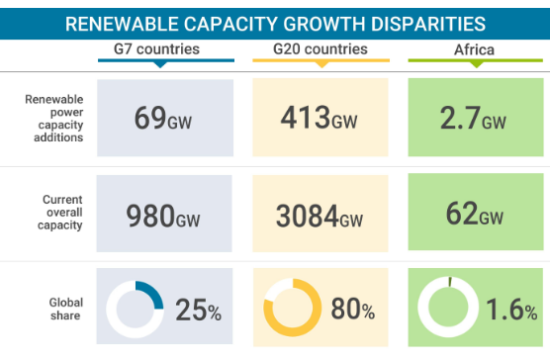
Women who exercise as youths have less risk of death from cancer and all other causes later in life, according to a new study in Cancer Epidemiology, Biomarkers & Prevention, a journal of the American Association for Cancer Research.
A team led by Sarah J. Nechuta MPH, Ph.D., assistant professor of medicine at Vanderbilt Epidemiology Center and Vanderbilt-Ingram Cancer Center, found that, after adjusting for socioeconomic factors in adult life, women who exercised between the ages of 13 and 19 for up to 1.33 hours a week had a 16 percent lowered risk for death from cancer and a 15 percent lowered risk for death from all causes. Women who exercised for more than 1.33 hours per week as adolescents had a 13 percent lowered risk for death from all causes.
Women who participated in sports team earlier in life had a 14 percent lowered risk for death from cancer and a 10 percent lowered risk for death from all causes. Continued exercise through adult life increased the lowered risk for death from all causes to 20 percent.
Data was used from the Shanghai Women’s Health Study, which is a large study of about 75,000 women ages 40 to 70, from Shanghai, China. The study, led by Wei Zheng, M.D., Ph.D., at the Vanderbilt Epidemiology Center, included self-reported exercise participation of the participants during adolescence (between the ages of 13 and 19), adult lifestyle-related factors, and mortality outcomes. The study collected baseline data and follow-up data every two to three years through in-person interviews.
 The average time-span of follow ups were 12.9 years. During that time there were 5,282 deaths, including 2,375 from cancer and 1,620 from cardiovascular disease.
The average time-span of follow ups were 12.9 years. During that time there were 5,282 deaths, including 2,375 from cancer and 1,620 from cardiovascular disease.
“In women, adolescent exercise participation, regardless of adult exercise, was associated with reduced risk of cancer and all-cause mortality,” Nechuta said. “Our results support the importance of promoting exercise participation in adolescence to reduce mortality later in life and highlight the critical need for the initiation of disease prevention early in life.”
Nechuta added that it is important to note the potential for error as the exercise data was self-reported. The study also did not take into consideration activities related to occupation or transportation.
The research was funded by the National Institutes of Health.








